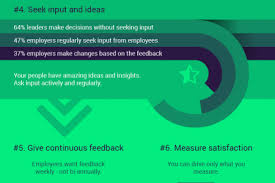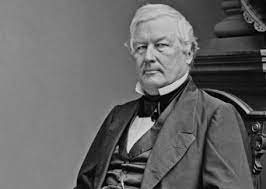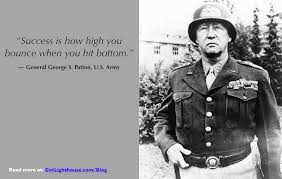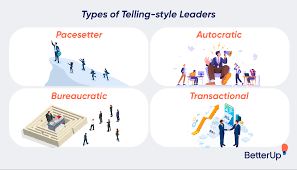5 Surprising Differences Between Management and Leadership
Are you a manager or a leader? It’s an important question to ask yourself because the two roles are quite different. As a manager, your focus is on efficiently running operations and meeting targets. As a leader, your focus is on inspiring and motivating people to achieve common goals.
Here are five surprising differences between management and leadership:
1. Managers’ plan and leaders’ vision. Managers look at the current situation and develop plans to achieve specific goals. Leaders look at the current situation and develop a vision for where they want to take their team or organization.
2. Managers focus on systems and processes while leaders focus on people. Managers try to optimize systems and processes to improve efficiency. Leaders try to optimize people by helping them grow and develop their skills.
3. Managers use power while leaders use influence. Managers have formal authority and use it to make decisions and get things done. Leaders have personal power and use it to persuade and motivate people.
4. Managers think short-term while leaders think long-term. Managers are focused on achieving immediate results within set timelines. Leaders are focused on creating lasting change that will benefit the team or organization in the future.
5. Managers do things right while leaders do the right thing. Managers follow established rules and procedures to achieve objectives correctly and efficiently.’ Right’ here means effective within the existing system.’ Leaders challenge the status quo and question whether there might
leadership styles in management
There are a variety of leadership styles that managers can use to set the tone for their team and achieve their goals. The most effective leaders are those who are able to adapt their style to the needs of their team and the situation at hand.
The five most common leadership styles in management are:
1. Autocratic: This style of leadership is focused on the leader having complete control over decision-making and authority. This can be an effective style when there is a need for quick decision-making or in high-pressure situations. However, it can also lead to a feeling of disconnection and resentment from team members if used too frequently.
2. Democratic: In contrast to the autocratic style, the democratic leader encourages input and collaboration from team members. This style can help to build trust and buy-in from team members, but can also lead to decisions taking longer to be made.
3. Laissez-faire: This style takes a hands-off approach, giving team members the freedom to make decisions and take actions without much input or guidance from the leader. This can be an effective way to empower team members and allow them to take ownership of their work, but can also lead to confusion and chaos if not managed properly.

4. Transformational: Transformational leaders are those who inspire change and growth in their team members. This style of leadership is focused on motivating team members to reach their full potential and achieve success.
difference between leadership and management
When it comes to business, the terms “leader” and “manager” are often used interchangeably. But while they may share some similarities, there are also some key differences between leaders and managers.
For one, leaders are typically more proactive than managers. They’re always looking for ways to improve things and motivate their team. On the other hand, managers are more focused on maintaining the status quo and keeping things running smoothly.
Leaders also tend to be better at inspiring people and getting them to buy into their vision. They’re able to rally people around a common goal and get them excited about achieving it. Managers, meanwhile, are more focused on day-to-day operations and ensuring that tasks are completed on time and within budget.
Finally, leaders tend to think more long-term than managers. They’re always looking ahead to the future and thinking about how they can position their team for success down the road. Managers, on the other hand, are more focused on meeting short-term deadlines and achieving immediate results.
So, while there are some similarities between leaders and managers, there are also some important differences. Leaders are typically more proactive, inspiring, and long-term oriented than managers. If you’re looking to build a successful team or organization, it’s important to have both a leader and a manager working together towards a common goal.






